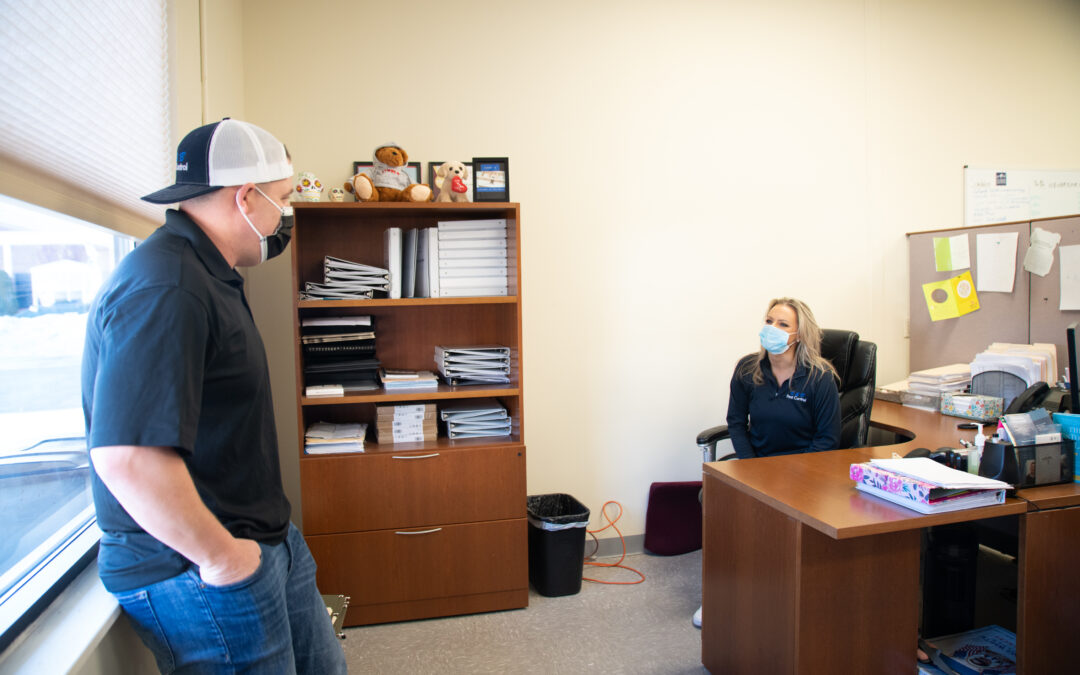For all the trouble that they can cause, subterranean termites are surprisingly fragile. If they so much as come into contact with open air, they will die of dehydration within seconds. However, these termites often need to overcome obstacles in order to reach their food sources, so to circumvent this weakness, they will build mud tubes. Let’s take a look at these tubes and everything you need to know about them.
What is a mud tube?
The mud tube is a structure that helps the termites travel to areas that are above the ground. A mud tube will be made out of soil and termite fecal matter, and will look like a tube that climbs out of the ground. If you spot one of these tubes, you have an almost 100% confirmation that subterranean termites have infested the home.
The different mud tube types
Termites will build different mud tubes to address different needs. For example, you have temporary mud tubes used for scouting. These temporary tubes are very thin and frail, and worker-scouts will use them to search for wood that is beyond the material which connects to the ground. Then you have transport tubes. These tubes are much sturdier and wider than scouting tubes. They are used to travel to and from wood sources, and they act as a highway, with workers taking the wood that they harvest back to the colony, and then returning to collect more.
There are also a few types of mud tubes that are rarer, but which serve essential functions. One is the hanging mud tube, which is suspended in the air, and is used to connect two vertical surfaces without any connecting structure between them (for example the top and the bottom of a crawlspace). You also have the termite castle, which is a mud structure that can be up to five feet wide. The termite castle is used as a staging ground for winged reproductives, which leave the nest in the hundreds or thousands in order to mate and start new colonies.
What to do in case you find some mud tubes in your home
If you find a mud tube in the home, you should leave it intact until a pest control professional arrives because it can contain useful information about which pieces of wood are infested and the approximate location of the main colony. Contact us today for more information about subterranean termites, or if you have a termite infestation that has to be removed.

